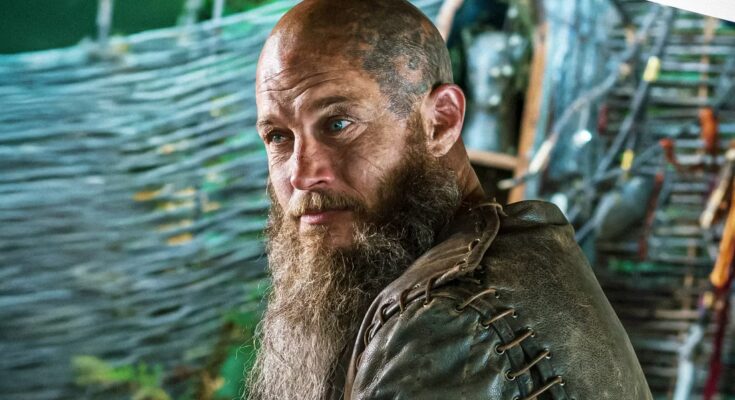Ragnar’s Best Moment In Vikings Is Even More Impressive Thanks To A Historical Fact
Ragnar Lothbrok (Travis Fimmel) had many memorable moments in Vikings, but his most impressive one is even better thanks to its historical accuracy. Historical TV dramas have found great success on TV, and among the most popular ones is Vikings. Created by Michael Hirst, Vikings premiered on the History Channel in 2013, and it moved to Amazon Prime Video for the second part of its sixth and final season. Although Vikings saw a decline in its quality and reception after a key event in season 4, it still ended on a high note.
Based on various Viking sagas, legends, and historical events, Vikings followed legendary Norse figure Ragnar Lothbrok and those closest to him, such as his wife and shield-maiden Lagertha (Katheryn Winnick), his brother Rollo (Clive Standen), his best friend and trusty boat builder Floki (Gustaf Skarsgård), and more. Ragnar died in Vikings season 4, leaving the spot of main character to his sons, mostly Björn (Alexander Ludwig) and Ivar (Alex Høgh Andersen), but Ragnar’s legacy was felt, and his best moment is even more impressive due to its historical accuracy, but with a twist.
Vikings covered many of Ragnar’s sieges and attacks on different places and communities, some of them key to his story and legacy. Some of his most notable attacks were the Lindisfarne raid, where he took Athelstan (George Blagden) as prisoner, who later became his closest friend, and the Paris siege that took place in Vikings season 3. The siege of Paris saw Ragnar and his people against the army of West Francia, but during the first assault, Ragnar fell from a tower and was severely injured, and so they had to rethink their plan.
Ragnar met with Count Odo to negotiate, but refused the gold and silver offered by Odo and made it clear to him that he was dying. Ragnar demanded to be baptized under the explanation of wanting to reunite with Athelstan in the afterlife, and the Franks agreed to do it. When Ragnar died, Björn told the Franks that his father’s final wish was a Christian burial and to be buried within the walls of the city, which they agreed to. Ragnar’s coffin was carried by six unarmed men, but as the bishop began to bless the coffin, Ragnar jumped out of it.
Ragnar’s “death” was his way of entering Paris, and he killed the bishop and took Princess Gisla as a hostage, while the rest took the weapons hidden in the coffin to lead the raid. Ragnar also forced the guards to open the gates of the city, thus allowing the Vikings to sack Paris. This moment proved why Ragnar was a great leader (though not a perfect one, of course) and a Viking to fear, and to make it even better, this moment was historically accurate, but with a huge difference.



